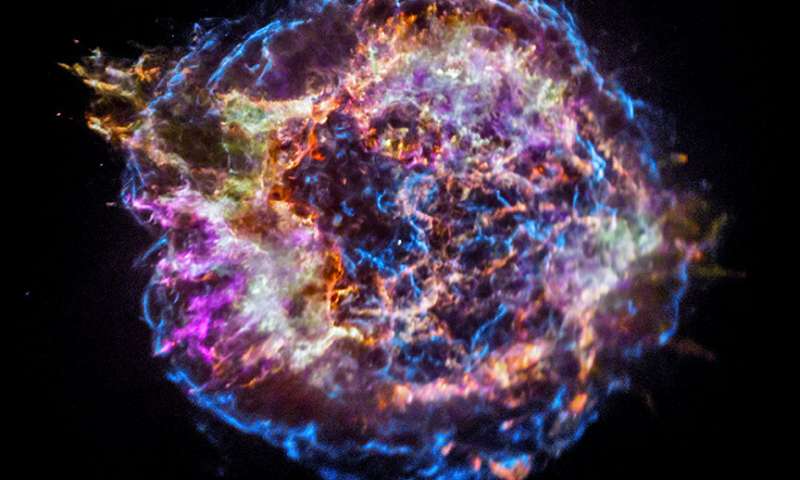Sep 23 2020
The core of the Milky Way galaxy is quite far away for individuals to visit it directly, but people can still investigate it. Telescopes now offer an opportunity to observe what the Galactic Center looks like in diverse forms of light.

Image Credit: Chandra X-ray Center.
Astronomers generate visual representations by translating the innately digital data (in the form of zeroes and ones), captured by telescopes in space, into images. Such representations are not usually seen by humans.
But what about experiencing such data with other senses, such as hearing? Sonification is essentially a process that converts data into sound, and for the first time, a novel project brings the core of the Milky Way galaxy to listeners.
The translation starts on the left side of the picture and shifts to the right, with the sounds denoting the brightness and position of the sources. The objects’ light situated towards the top of the picture is heard as higher pitches, while the volume is controlled by the intensity of the light.
Unraveling Different Phenomena with Images
Compact sources and stars are transformed to individual notes while long clouds of dust and gas create an evolving drone. The crescendo occurs when one reaches the bright area to the lower right of the image. This is the place where the four-million-solar-mass giant black hole at the core of the galaxy, called Sagittarius A* (A-star), resides, and where the clouds of dust and gas are the brightest.
Users can hear the data from this area, approximately 400 light-years across, either as “solos” from NASA’s Chandra X-ray Observatory, Spitzer Space, and Hubble Space Telescope, or collectively as an ensemble in which every telescope plays a different instrument. Every image unravels different phenomena occurring in this region around 26,000 light-years from Earth.
While the Hubble image reveals energetic areas where stars are being born, Spitzer’s infrared image reveals glowing clouds of dust consisting of complex structures. X-rays from Chandra X-ray Observatory show gas that is heated to millions of degrees from stellar explosions and exits from the Sagittarius A* galaxy.
NASA's Chandra X-Ray Observatory
Besides the Galactic Center, the latest project has also created sonified versions of the remnants of a supernova known as Cassiopeia A (Cas A), and the “Pillars of Creation” situated in Messier 16.
Sound plays a useful role in gaining a better insight into the world and the cosmos around humans. People can explore how researchers are making use of NASA’s Chandra X-ray Observatory and other instruments across the world and in space to learn about the cosmos via sound at the Universe of Sound website.
This kind of sonification of the Galactic Center, M16, and Cas A was headed by the Chandra X-ray Center (CXC) as part of the Universe of Learning (UoL) program of NASA.
The Science Activation program of NASA endeavors to support NASA science experts and to integrate NASA science content into the learning environment efficiently and effectively for learners of all ages.
Sounds from Around the Milky Way
A new project using sonification turns astronomical images from NASA's Chandra X-Ray Observatory and other telescopes into sound. This allows users to “listen” to the center of the Milky Way as observed in X-ray, optical, and infrared light. As the cursor moves across the image, sounds represent the position and brightness of the sources. Video Credit: X-ray: NASA/Chandra X-ray Center/Smithsonian’s Astrophysical Observatory; Optical: NASA/STScI; IR: Spitzer NASA/JPL-Caltech.
The association was fielded by visualization scientist Kimberly Arcand (CXC), astrophysicist Matt Russo, and musician Andrew Santaguida (both from the SYSTEMS Sound project.)
NASA’s Marshall Space Flight Center handles the Chandra program. The Smithsonian Astrophysical Observatory’s Chandra X-ray Center manages science from Cambridge Massachusetts and flight operations from Burlington, Massachusetts.
NASA’s Universe of Learning materials are built on work financially supported by NASA under cooperative agreement award number NNX16AC65A to the Space Telescope Science Institute, working in collaboration with Caltech/IPAC, Center for Astrophysics Harvard & Smithsonian, Jet Propulsion Laboratory, and Sonoma State University.